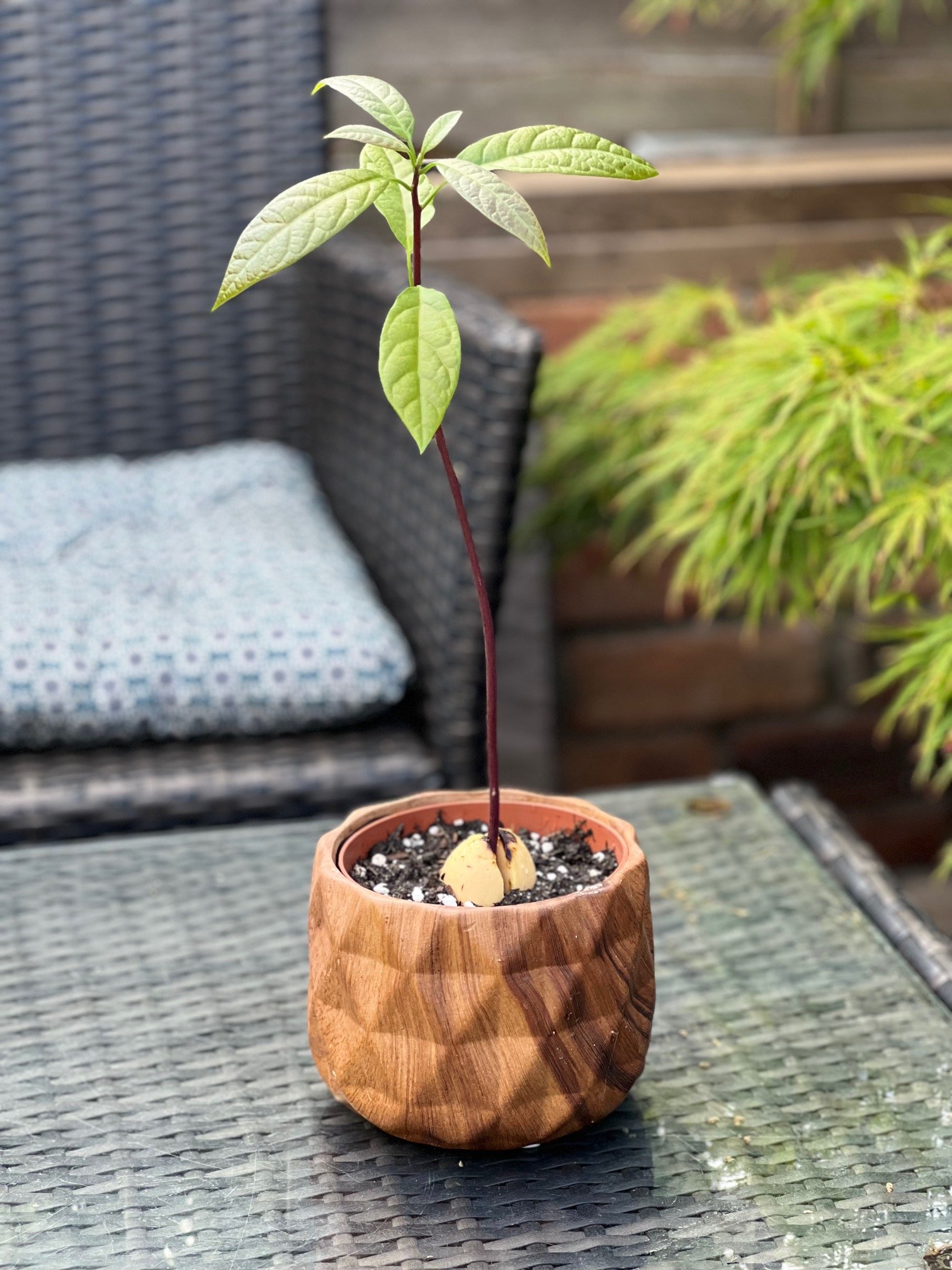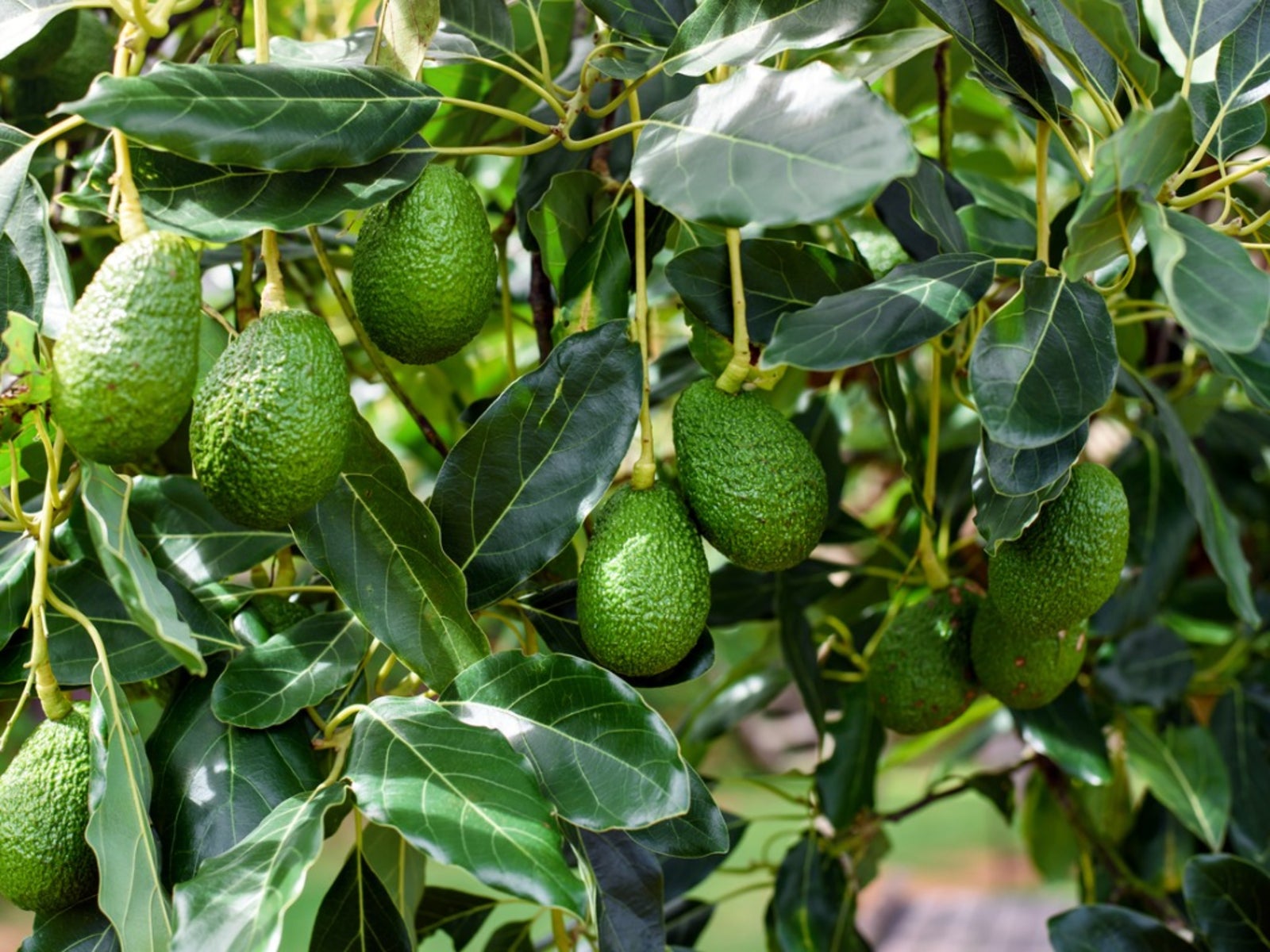The avocado tree, a botanical marvel with its rich history and versatile fruit, has captivated the world with its unique qualities. This evergreen tree, scientifically known as Persea americana, belongs to the laurel family (Lauraceae). Native to Mesoamerica, it has been cultivated for thousands of years, with its origins tracing back to the highlands bridging south-central Mexico and Guatemala.
A Brief History
The avocado’s journey through time is fascinating. Its name, “avocado,” is derived from the Aztec word “ahuácatl,” which may refer to the fruit’s shape or its association with fertility. The tree’s domestication began in Mesoamerica over 5,000 years ago, where it was prized for its large, oily fruit. Ancient civilizations like the Aztecs and Mayans incorporated avocados into their diets and cultures.
As European explorers ventured to the Americas, they encountered the avocado and brought it back to Europe. From there, it spread to other parts of the world, particularly regions with suitable climates. Today, avocados are cultivated in various tropical and subtropical regions, including Mexico, the United States, the Dominican Republic, Colombia, Peru, and Israel.
Botanical Characteristics

The avocado tree is a majestic evergreen that can reach heights of 40 to 80 feet. Its leaves are elliptic or oval-shaped, ranging from 3 to 10 inches in length. The tree’s flowers are small, greenish, and perfect, meaning they contain both male and female reproductive parts. This unique characteristic allows for self-pollination, although cross-pollination between different cultivars often leads to increased fruit production.
Cultivation and Care
Cultivating avocado trees requires specific conditions. They thrive in warm, frost-free climates with well-drained soil. Adequate sunlight is essential for optimal growth and fruit production. Avocado trees are typically propagated through grafting, a technique that ensures the preservation of desired traits, such as fruit quality and disease resistance.
Proper care involves regular watering, especially during dry periods. However, it’s important to avoid overwatering, as excessive moisture can lead to root rot. Fertilization is also crucial, providing the tree with essential nutrients like nitrogen, phosphorus, and potassium. Pruning is necessary to maintain the tree’s shape and remove dead or diseased branches.
The Versatile Avocado Fruit
The avocado fruit, often referred to as an alligator pear, is a botanical berry with a single large seed. It is renowned for its creamy texture, rich flavor, and high nutritional value. Avocados are an excellent source of healthy fats, fiber, vitamins, and minerals. They are commonly consumed fresh, added to salads, or used in various culinary preparations, including guacamole, smoothies, and desserts.
The Avocado’s Impact on Global Cuisine

The avocado’s versatility has made it a staple in global cuisine. Its creamy texture and mild flavor complement a wide range of ingredients. In Mexican cuisine, avocados are a key ingredient in guacamole, a beloved dip made with mashed avocados, lime juice, onions, cilantro, and spices. They are also used in various Mexican dishes, such as tacos, tostadas, and enchiladas.
In recent years, the avocado’s popularity has surged worldwide. It has become a trendy ingredient in various cuisines, including Mediterranean, Asian, and American. Avocado toast, a simple yet elegant dish, has gained immense popularity, particularly among health-conscious individuals.
Health Benefits of Avocados
Beyond its culinary appeal, the avocado offers numerous health benefits. Its high content of monounsaturated fatty acids, fiber, and antioxidants contributes to heart health, improved digestion, and reduced inflammation. Avocados are also a good source of potassium, an essential mineral that helps regulate blood pressure.
Environmental Considerations
While the avocado industry has expanded rapidly, it is essential to consider its environmental impact. Water scarcity and deforestation are significant challenges in some avocado-producing regions. Sustainable farming practices, such as efficient irrigation systems and agroforestry, can help mitigate these issues.
The Future of Avocado Cultivation

As the demand for avocados continues to grow, researchers and farmers are exploring innovative approaches to sustainable cultivation. Climate change poses a significant challenge, and efforts are underway to develop avocado cultivars that are more resilient to changing climatic conditions. Additionally, advancements in biotechnology may lead to the development of avocado varieties with enhanced nutritional value and disease resistance.
Conclusion
The avocado tree, with its rich history, unique characteristics, and versatile fruit, has become an integral part of global cuisine and culture. Its nutritional value and culinary versatility have contributed to its increasing popularity. As we look to the future, it is crucial to balance the demand for avocados with sustainable practices to ensure the long-term health of both people and the planet.
Avocado Tree Plant


